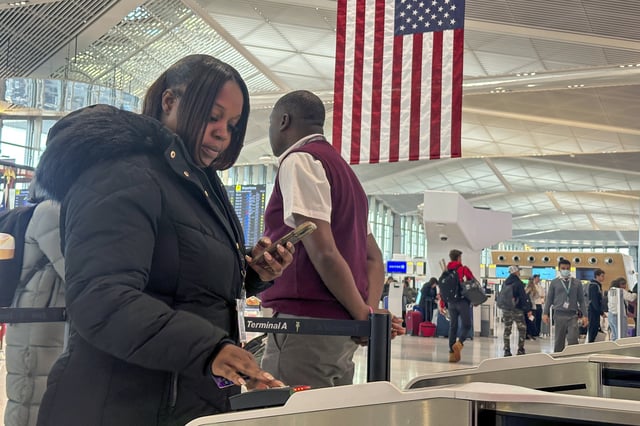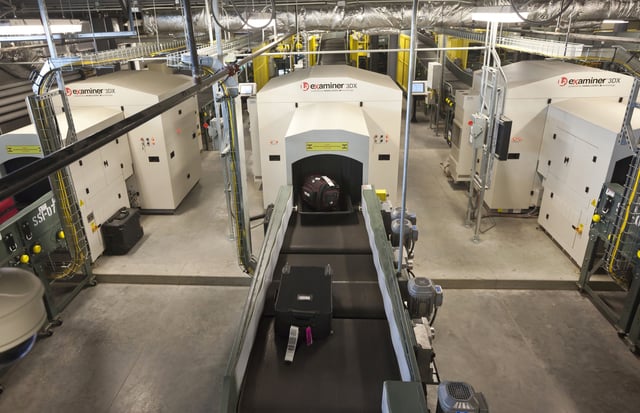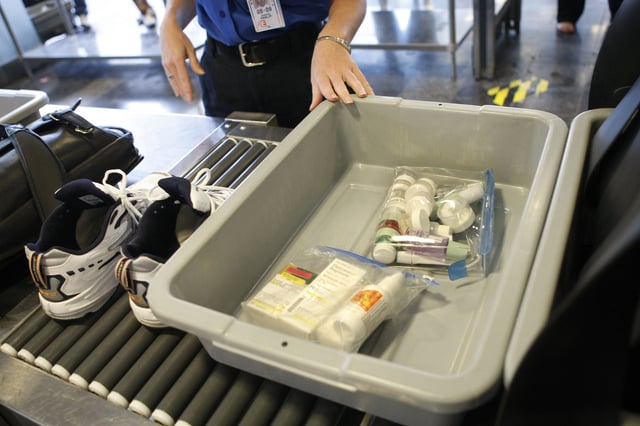Overview
- Homeland Security Secretary Kristi Noem indicated the TSA is reviewing its 3.4-ounce carry-on liquid limit, citing new multilayered screening processes.
- Approximately 255 of 432 U.S. airports—primarily large hubs—have installed CT scanners that can differentiate harmless gels from liquid explosives.
- Each CT machine costs over $2 million and often requires terminal upgrades, slowing full deployment projected through 2043.
- The scanners’ 2D/3D imaging and rotation capabilities give TSA screeners detailed views to identify potential threats with greater accuracy.
- Any change in liquid allowances must undergo formal rulemaking and await widespread scanner coverage to avoid passenger confusion.


